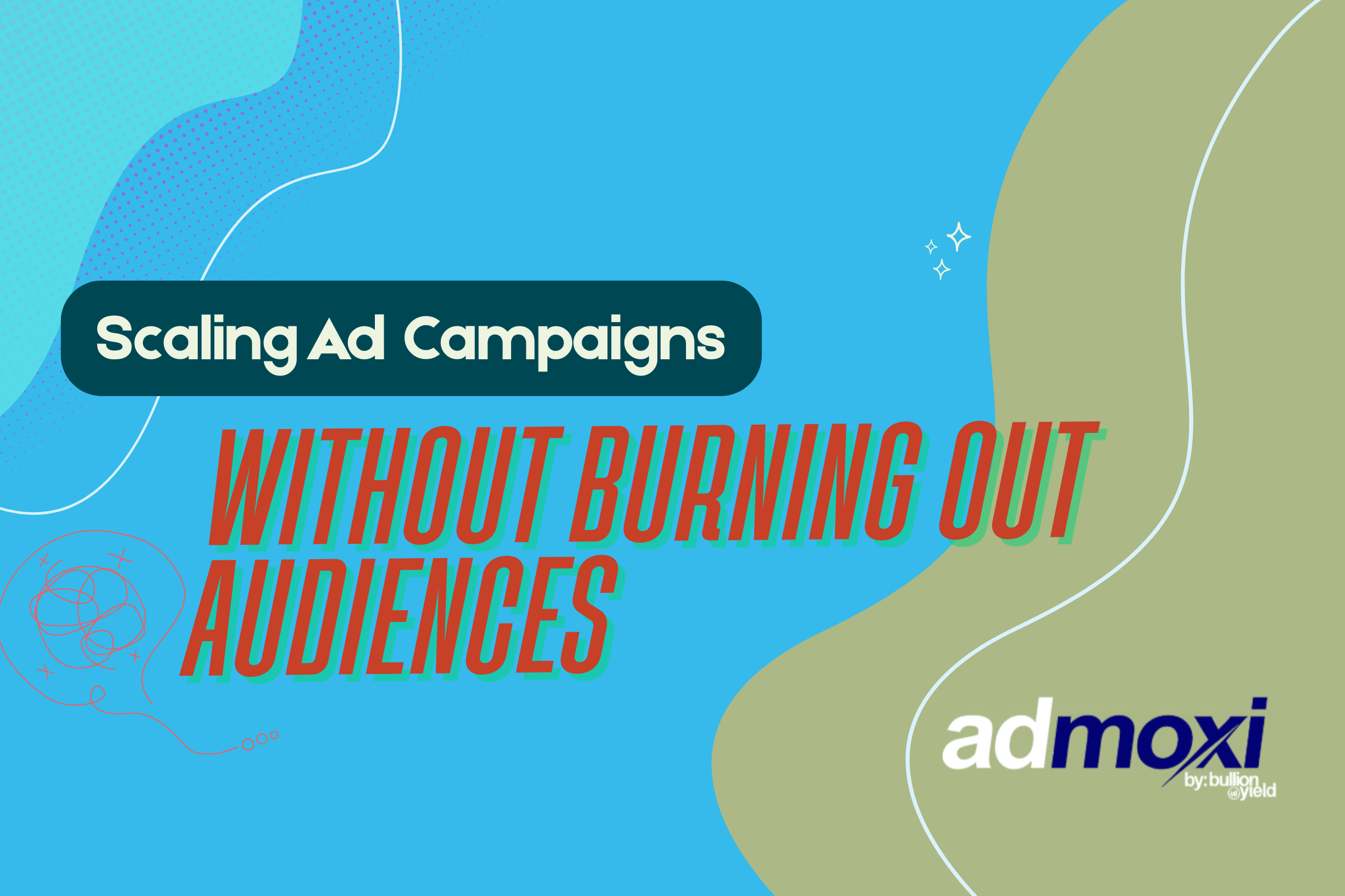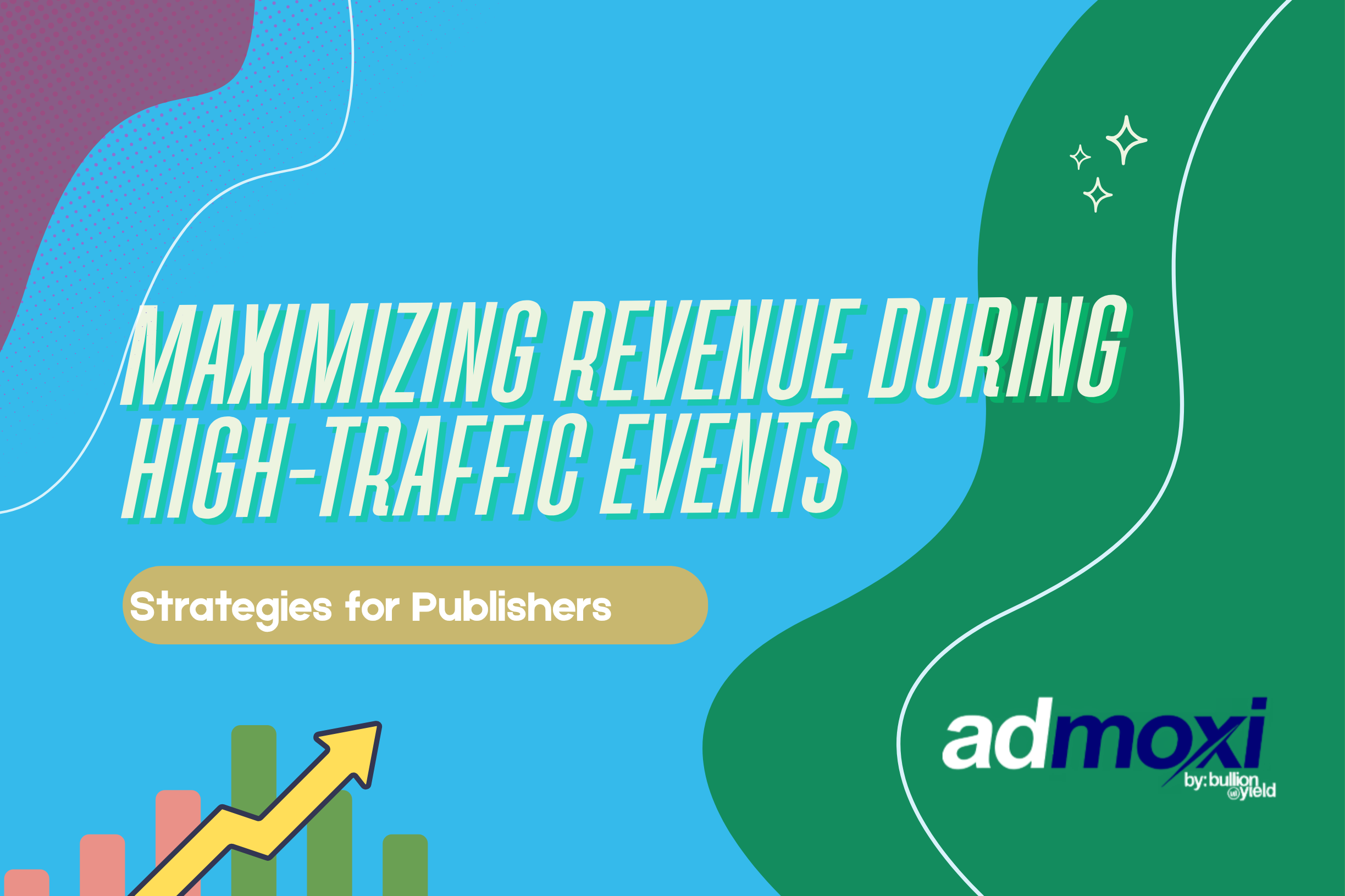In a fast-paced and highly competitive attention-driven industry, scaling advertising campaigns requires a strategic balance between reach and relevance. While pushing ads aggressively might boost impressions, it can also lead to audience fatigue—where users become less responsive due to overexposure or poorly targeted messaging. For marketers and networks in such competitive spaces, sustainable growth means increasing visibility without wearing out the audience’s interest.
The Attention Economy in Competitive Advertising
The idea of the “attention economy”—where consumer focus is viewed as a limited resource—is especially important in high-competition digital spaces (Coursera, 2025). With the decline of third-party cookies and algorithms now prioritizing content that drives strong engagement, advertisers must evolve their strategies to capture and maintain user interest. Compared to traditional audiences, users in these fast-moving markets often have shorter attention spans and are exposed to more stimulating content, which can lead to quicker campaign fatigue if not carefully managed.
The Problem with Linear Scaling
Scaling ad campaigns isn’t just about increasing budgets or traffic sources. Many advertisers assume that if a campaign performs well at $100 a day, it will do proportionally better at $1000. However, this linear mindset often fails. Without adjusting creative variation, targeting depth, and frequency caps, increasing spend typically leads to diminishing returns. In a saturated environment, more visibility without personalization becomes counterproductive. To dive deeper into this issue—and learn how to avoid it—check out our latest article on Ad Fatigue.
Embracing Cross-Channel and Cross-Platform Strategies for Enhanced Engagement
In digital advertising, over-reliance on a single ad format or delivery method can result in user fatigue and diminished campaign effectiveness. Implementing a cross-channel strategy—utilising a combination of native ads, popunders, video pre-rolls, and display banners—distributes user exposure across diverse creative environments, thereby reducing saturation and enhancing engagement (Braze, 2024). Concurrently, deploying these varied ad formats across multiple platforms, such as mobile devices, desktop computers, and in-app environments, broadens reach and minimises repetitive exposure. Research indicates that cross-platform advertising can increase the effectiveness of campaigns by 30%, as it enables advertisers to reach users on multiple devices and contexts, increasing overall engagement (Csphere, 2024). Integrating cross-channel and cross-platform approaches can significantly elevate user engagement and brand recall by presenting messages in varied yet complementary contexts (Csphere, 2024). Maintaining consistent messaging across these channels and platforms reinforces brand recognition, while tailoring content to specific formats and devices ensures relevance and reduces intrusiveness.
Moreover, when you show ads in the same place over and over, users develop “banner blindness” faster. But if you rotate placements—different types of sites, platforms, or even times of day—you tap into varied user moods and mindsets. That variation helps keep the content feeling fresh and prevents psychological fatigue.
Targeted Optimization Through Programmatic Advertising
By leveraging targeting parameters like location, device, time of day, and user behavior, you can automatically serve different versions of your creatives to different segments of your audience.
In competitive digital niches, this can involve tailoring visuals, messaging, or calls-to-action based on user context—such as traffic source or specific interests—without the need to manually build countless separate campaigns. Programmatic tools enable automated bid adjustments, pacing, and ad rotations using real-time performance data, making it easier to optimize at scale.
This type of optimization helps keep your campaigns relevant, reduces creative fatigue, and ensures your ads resonate with users as your campaigns scale.
Preventing Burnout with Frequency Limits and Creative Depth
Even high-performing creatives can lose effectiveness if shown too frequently. Frequency capping ensures users aren’t exposed to the same ad more than a set number of times per day or session, helping to prevent ad fatigue and maintain audience engagement (Amazon Advertising, 2022).
Meta’s internal studies indicate that repeated exposure to the same creative leads to declining conversion rates and increasing cost per action. Introducing new creatives into ad sets suffering from fatigue has been shown to improve conversion rates by an average of 8% in high-fatigue cases (Meta, 2023).
Maintaining a diverse creative pool allows advertisers to cycle content in response to performance dips. Regular creative testing and weekly audits help identify fatigue early and keep engagement levels high
Segment Smarter, Not Harder
Audience segmentation should evolve beyond basic geo or device type. Behavioral segmentation—tracking how users interact with your landing page, bounce behavior, or time spent—provides deeper insights into fatigue risk. For instance, repeat visitors with declining dwell time might indicate overexposure, signaling it’s time to exclude them from high-frequency campaigns.
Retargeting also deserves caution. While it’s tempting to hammer users who didn’t convert, too much retargeting can feel invasive and reduce trust. Balance re-engagement with respect for privacy and consent (Afflift, 2024).
Landing Page Alignment and Load Speed
A key reason campaigns underperform is misalignment between ad tone and landing experience. A playful native ad leading to a hardcore landing page creates cognitive dissonance. Ensure your funnel tells a consistent story.
Optimize your landing pages for speed and server performance. A 1-second delay can reduce conversions by up to 20%, especially on mobile (Google Think, 2023).
Ethical Considerations When Scaling
Scaling should never come at the expense of ethical standards. In high-sensitivity advertising environments, respecting user consent and privacy is essential. Avoid misleading tactics like fake countdowns or deceptive messages—these not only damage brand credibility but also increase bounce rates and the likelihood of ad disapprovals. Prioritize transparency, especially when entering new markets with varying regulatory expectations.
Conclusion
Scaling ad campaigns isn’t about pushing harder—it’s about being smarter. By using diverse channels, optimizing ads programmatically, rotating creatives, and targeting the right audience, you can grow your reach without burning out your audience. Always remember to keep ethical standards in mind and ensure a smooth experience from ad to landing page. The best campaigns don’t just get bigger—they get better by adapting to the needs of users and staying relevant.
References
Amazon Advertising (2022) What is frequency capping? Here’s how it can help your ad campaigns. Available at: https://advertising.amazon.com/library/guides/frequency-capping
Meta (2023) Creative Fatigue: How advertisers can improve performance by managing repeated exposures. Available at: https://medium.com/@AnalyticsAtMeta/creative-fatigue-how-advertisers-can-improve-performance-by-managing-repeated-exposures-e76a0ea1084d
Admoxi (2025) ‘’Avoid Ad Fatigue and Increase Your ROI’’ Available at: https://admoxi.com/blog/index.php/avoid-ad-fatique-increase-roi/
Coursera Staff (2025) ‘What Is the Attention Economy?’ Available at: https://www.coursera.org/articles/attention-economy
Google Think (2023). Why Site Speed Matters More Than Ever. Retrieved from https://www.thinkwithgoogle.com
Braze (2024) What Is Cross-Channel Marketing? Benefits & Examples. Available at: https://www.braze.com/resources/articles/cross-channel-engagement-matters
Csphere (2024) ‘The Power of Cross-Platform Advertising: Maximizing Reach and Impact’. Available at: https://www.cphere.ai/post/the-power-of-cross-platform-advertising-maximizing-reach-and-impact



